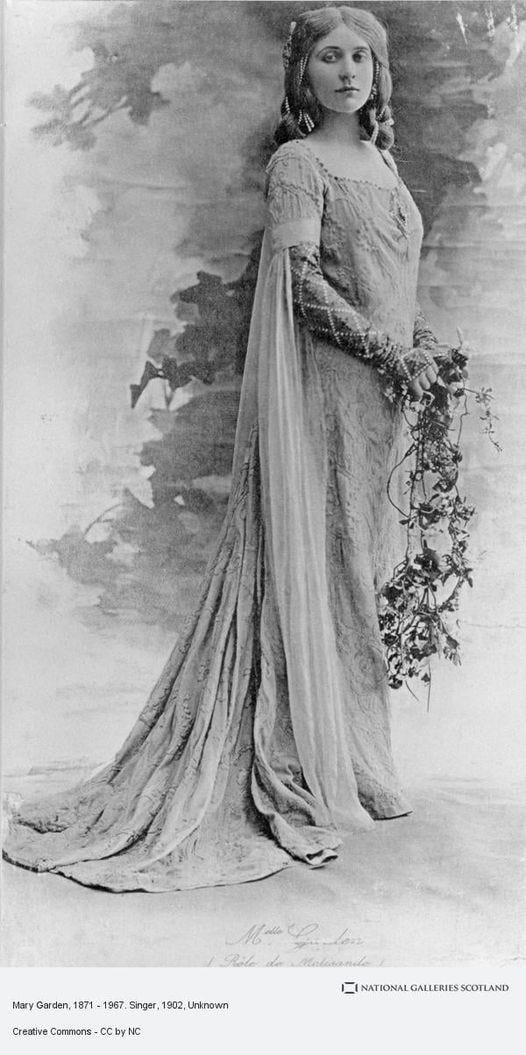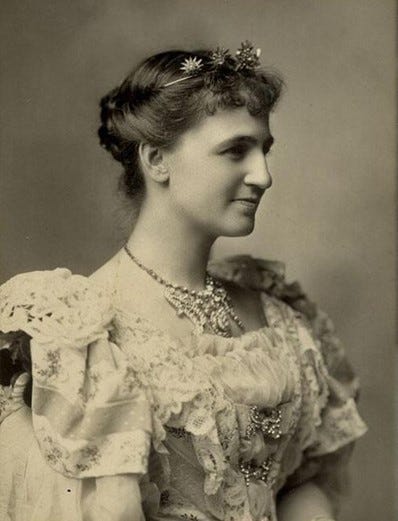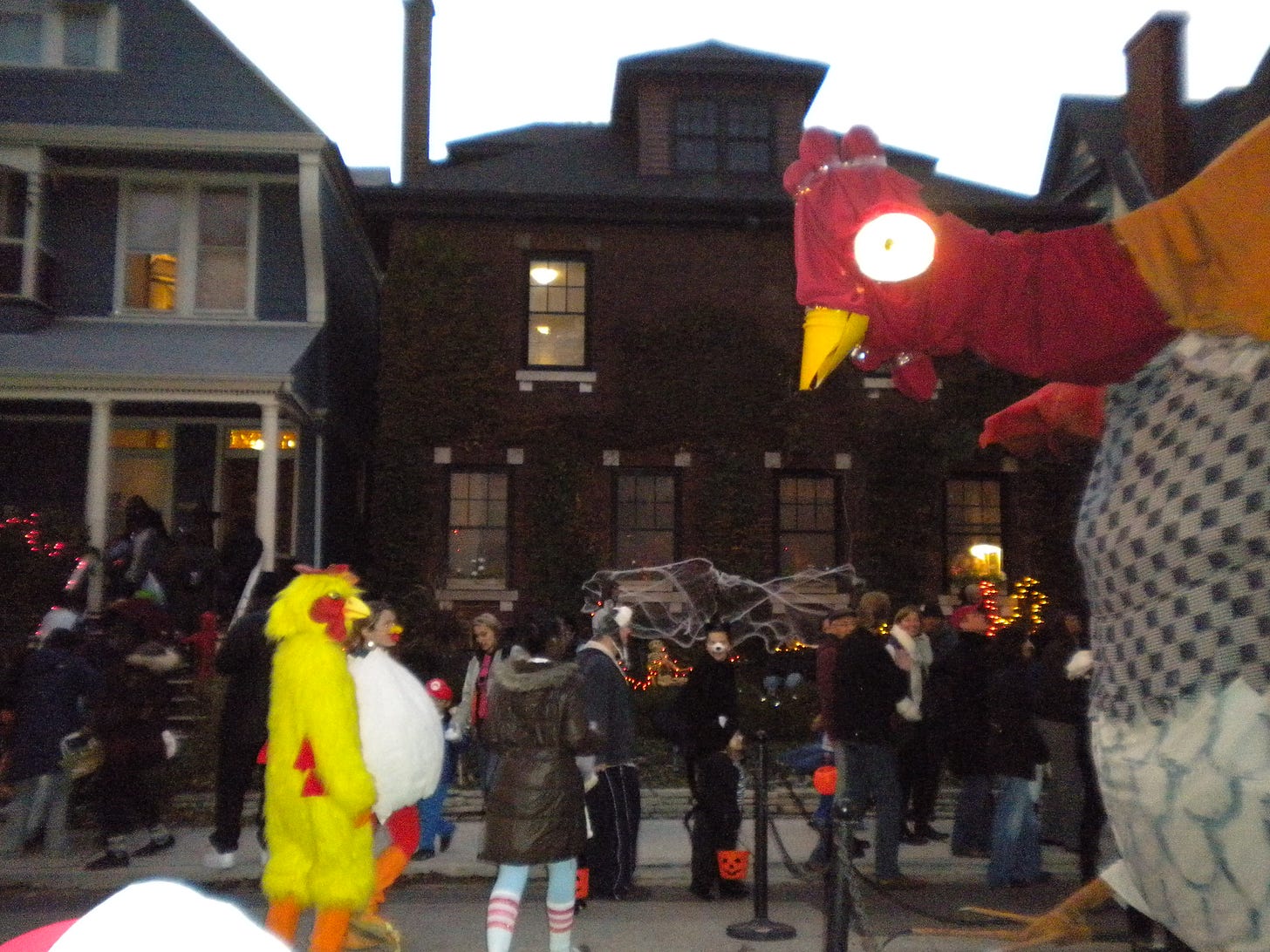If you haven’t already, check out the Fountain of Time
The latest Herald article
Next Herald article, Rosalie Villas?
I think my next Herald article will be the Rosalie Villas, aka Harper Avenue. There’s a lot online already—including Susan O’Connor Davis’s great account in the Herald—but we’ll see what else interesting I can find. Partly I want to do it because I’m thinking of creating a walking tour that loops around the neighborhood from the Obama Center and back.
I know one thing that is little discussed is the role of the Rosalie Music Hall. For instance, it’s where famed opera singer Mary Garden got her start. She was born in Scotland but a product of Hyde Park High School. Her performance career started with Gilbert and Sullivan in the Musical Hall.
Rosalie Buckingham, the founder of the Rosalie Villas, herself has acquired fame in the new millennium because PBS broadcast the Selfridge series about the London department store. She’s the Rose of Rose Selfridge. The Buckingham name lives on because Grandpa’s grain elevator deal made another branch of the family wealthy as well. Kate Buckingham was one of Rosalie’s bridesmaids and Clarence was one of Harry Selfridge’s groomsmen. Ten years after Rosalie’s death of the Spanish Flu, Kate donated Buckingham Fountain in memory of Clarence.
She was born in Chicago in 1860 and, though Chicago was small, the Buckinghams were already very rich. Her grandfather built a grain elevator—and then signed a contract with the new Illinois Central Railway to be the exclusive grain elevator for all ICRR grain warehousing for the next 10 years. Even though Rosalie’s father died young, the family prospered. Rosalie studied music, traveled in Europe, and was Chicago high society. She was known for her harp concerts for charity.
In the 1880s, still unwed, Rosalie decided to become a property developer in the sandy wildflower marshes of Hyde Park Township, which was still a separate suburb. In 1883, she bought two city blocks from 57th Street to 59th Street near the IC tracks and hired Solon S. Beman, who had just done Pullman, to plan a development. A purchaser had “the employment of a capable consulting architect to insure a harmonious plan of building.” No rogue houses for Rosalie.
Beman drew up design standards, which is why the street has a similar feel, though it had several architects. The houses were set back the same distance, with a driveway next to each one, leading to a stable behind the house. A few of the lots were divided so no driveway and a few of the lots have attached houses. The idea was that these would be nice homes for the middle-class or get-away cottages for the well-heeled, conveniently right by the IC station, cooled by lake breezes (because the tracks were ground level), and far from the coal soot etc. of downtown Chicago. They could even commute on the cable car.
The plan was for 42 villas (villa = no rooms for live in servants) and smaller artists’ cottages. It included landscaping, a park, infrastructure development (sewer, paved street, sidewalks, lighting) and, on 57th Street, a three-story clubhouse on one corner and across the street an inn, café, and music hall with a business block with all the conveniences—drugstore, grocery store, reading room. The street was Rosalie Court and the café was the Café Red Roses. She broke the pattern of naming things for herself when it came to the little park—that officially was Sylvia Court.
Rosalie and her agents believed in marketing, putting out a brochure in 1884 called “Rosalie Villas; or, How to Buy a Homestead.” There was a sequel brochure of photos called “A Holiday at Rosalie Villas” in 1889 that bragged that it was a model for development that beautified other cities.
The plans announced in an 1884 Tribune article called for ornamental granite and wrought iron arches on 57th and 59th as the proud owners entered the street. The park would have fountains, the street lined with shade trees.
The houses sold quickly—and Rosalie was quickly out of the real estate business and ready for her next adventure--marrying Selfridge in 1890.
I wonder what Rosalie would think of her villas’ current call to fame, as Hyde Park’s Halloween street?









I learn so much from your works! Thank you!!